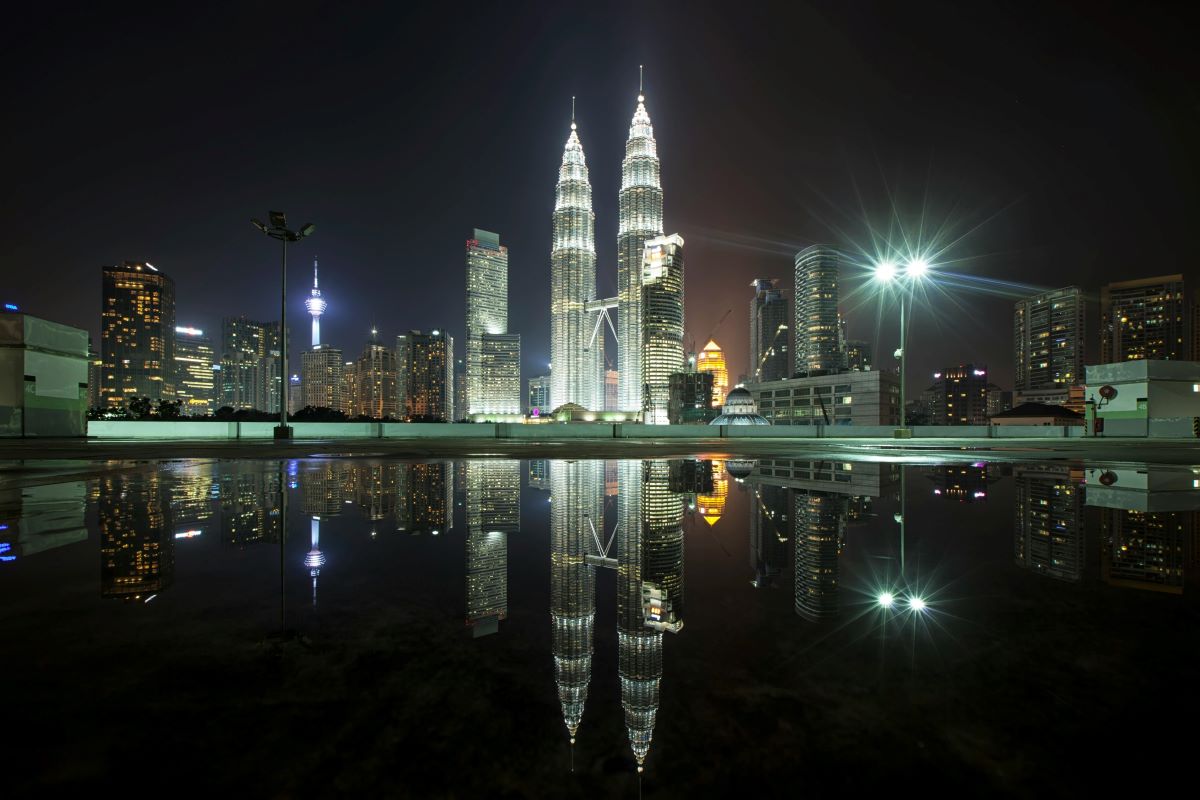Johor and Kuala Lumpur lead upcoming Southeast Asian data center capacity with total planned capacity of 3,530 MW, far exceeding the combined capacity of all its nearest regional rivals, according to JLL’s latest Asia Pacific Data Center Market Dynamics report. Johor alone has a pipeline capacity of 2,570 MW representing the largest in Asia and the second largest in Asia Pacific, after Sydney’s 3,199 MW, the report said.
Trailing at a distant second after Johor is Kuala Lumpur, the capital city of Malaysia, which has a planned capacity of 960 MW as at the end of 1H 2025. The combined total of the other cities covered in the report amounted to about 950 MW comprising Ho Chi Minh City (380 MW), Bangkok (218 MW), Batam (170 MW), Manila (100 MW), and Jakarta (80 MW).
With a 2,570 MW pipeline, Johor is set to potentially exceed Singapore’s capacity and emerge as the largest data center market in Southeast Asia, the report noted.
“Fully occupied hyperscale facilities confirm strong market demand, offering investors an established growth opportunity with manageable risk in the digital economy,” it said. This is despite challenges such as higher electricity tariffs and tightening regulations such as controlled data center approvals.
The unprecedented growth of the Malaysian hubs is driven by strong hyperscale demand and government support, digital transformation, cheap land and utilities, strategic location, good infrastructure, as well as AI-ready facilities. Johor is also seeing a raft of public-private innovative initiatives prompted by power and water constraints. An increasing number of developers are implementing innovative solutions such as alternative water sources, renewable energy, and sustainability frameworks, contributing to a dynamic growth ecosystem.
Johor’s transformation has been nothing short of spectacular – from 10 MW capacity in 2021 to a projected 500 MW by 2025. The Johor-Singapore Special Economic Zone (JS-SEZ), a landmark initiative aimed at boosting the data center industry in the region, is expected to drive even more projects to the region.




